Jota Mombaça
A CERTAIN DEATH/THE SWAMP
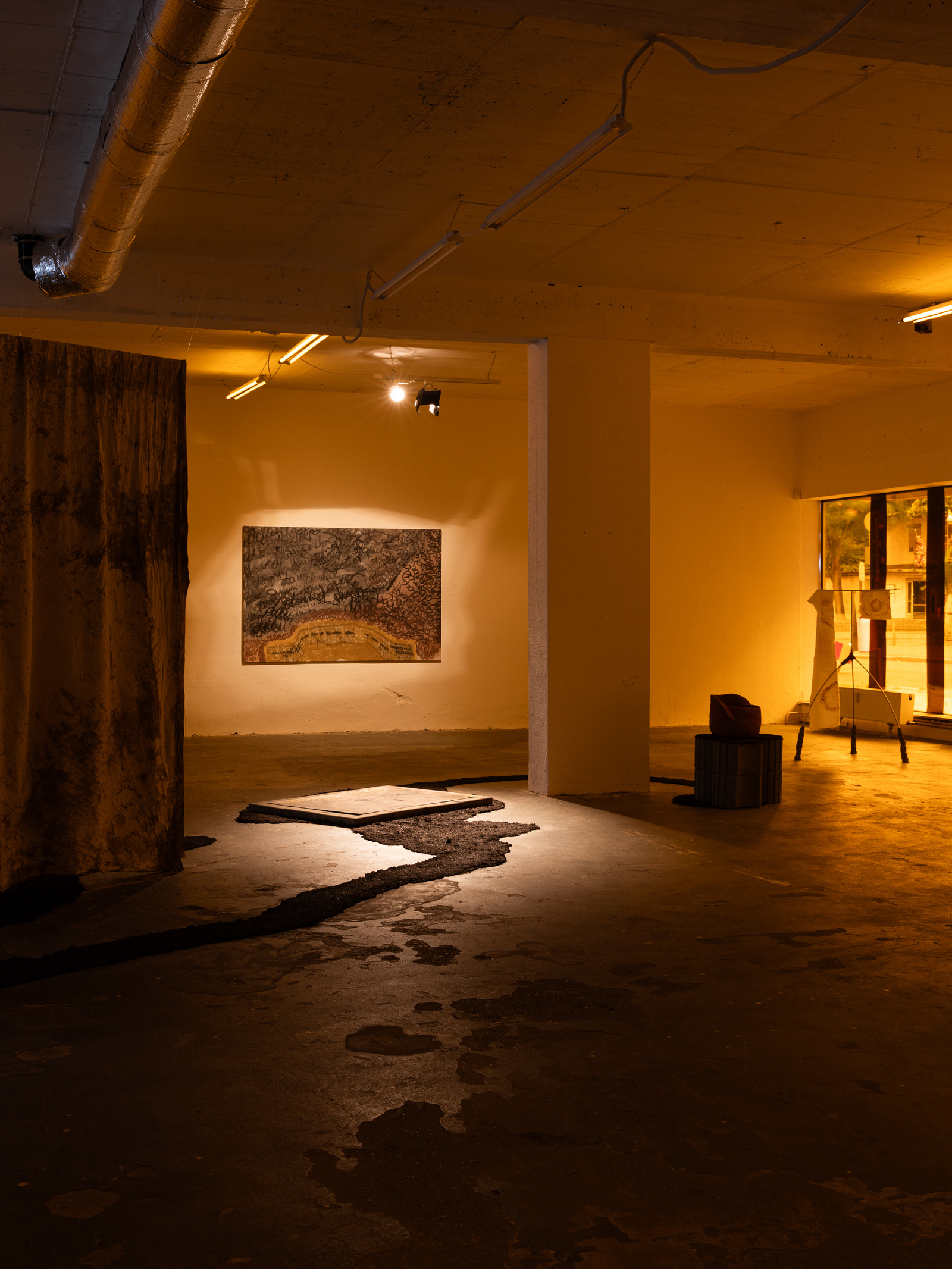
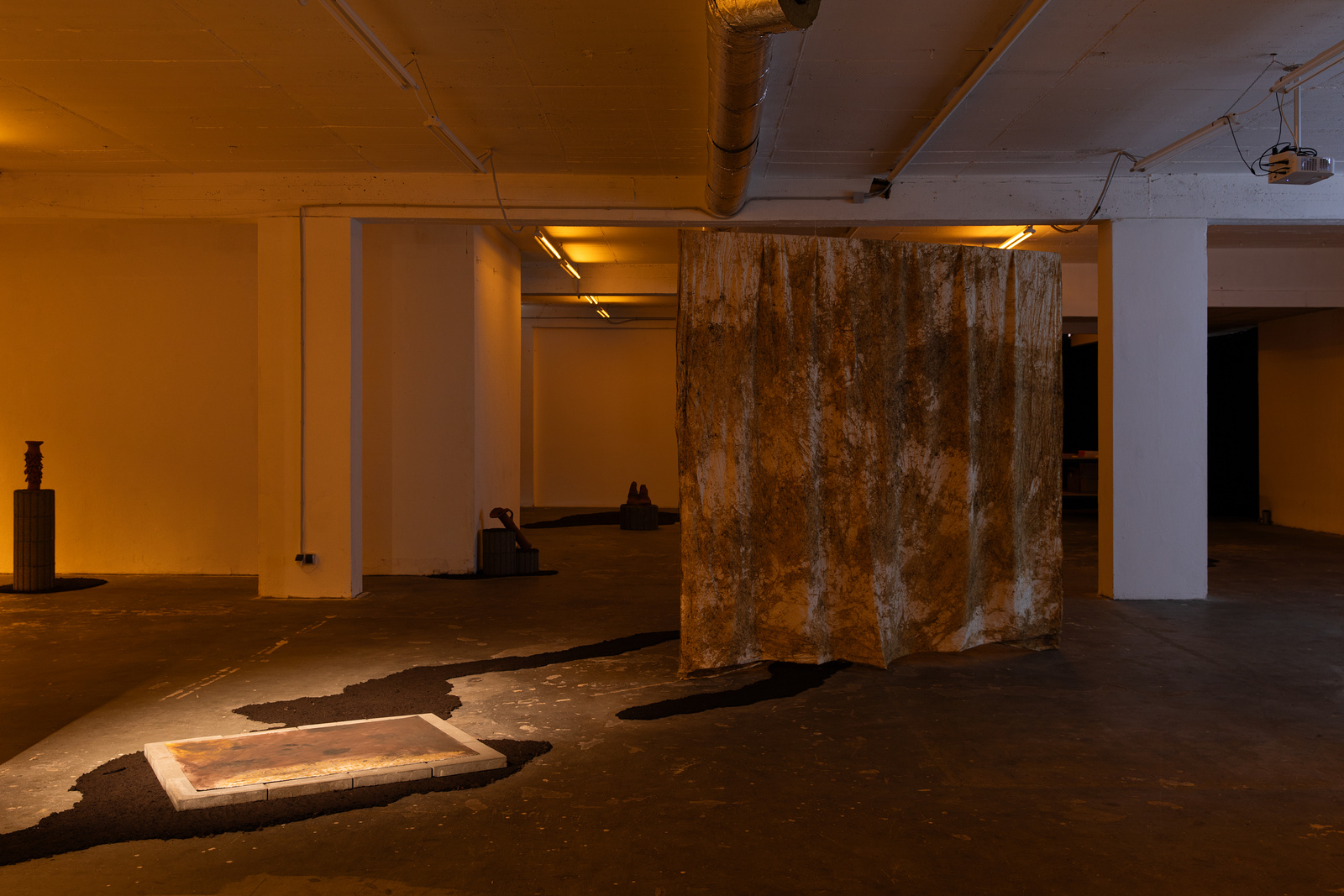
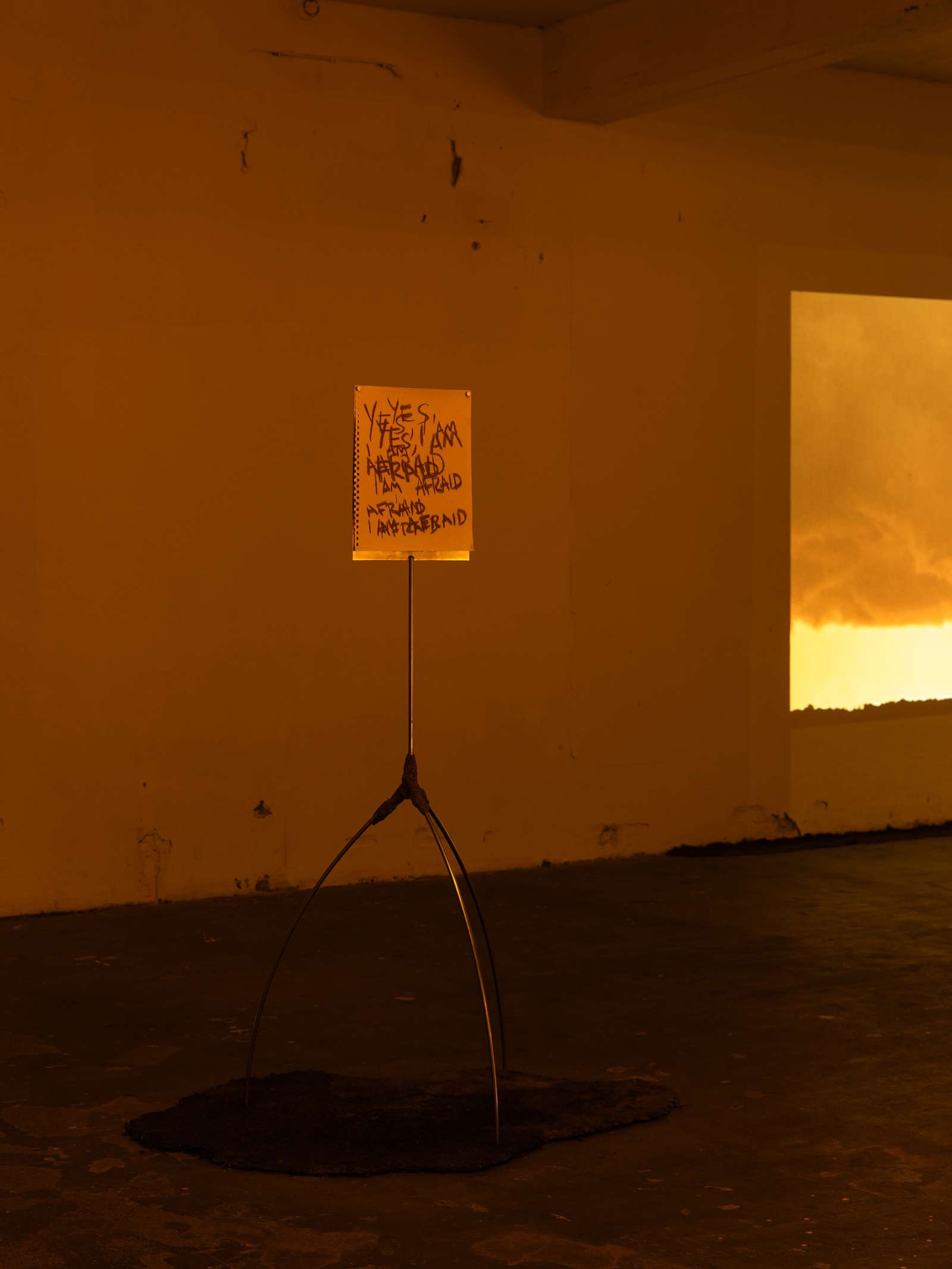
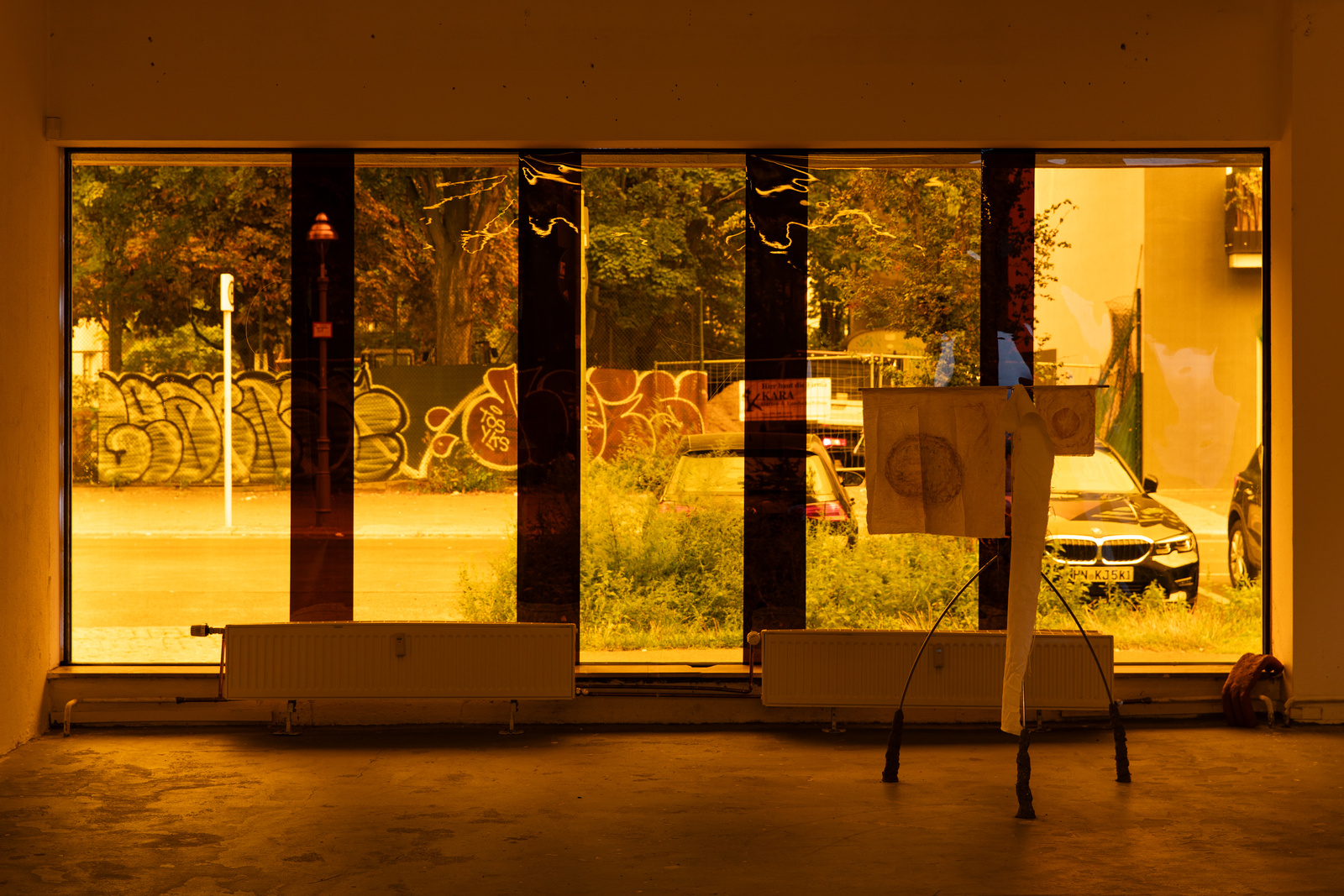
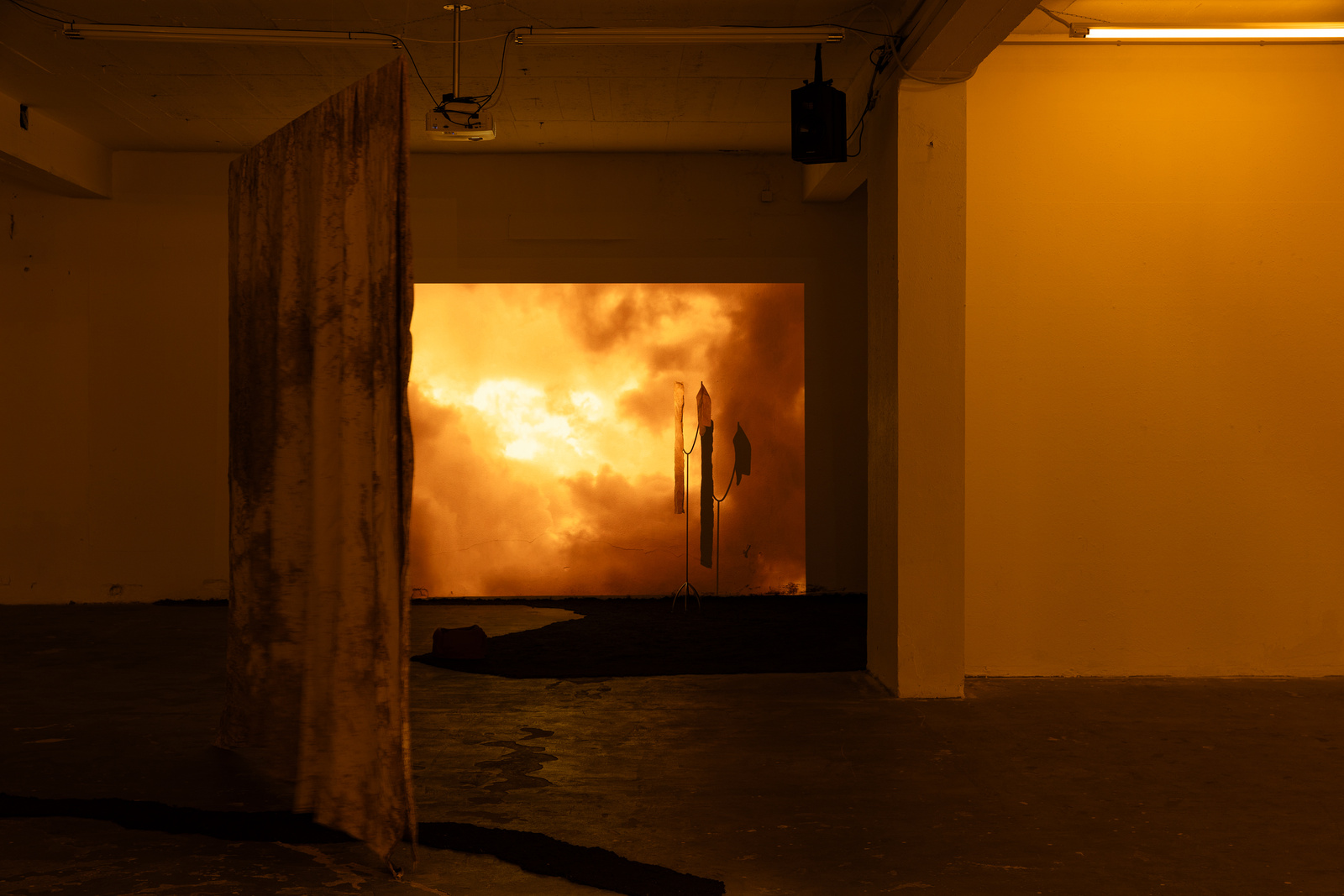
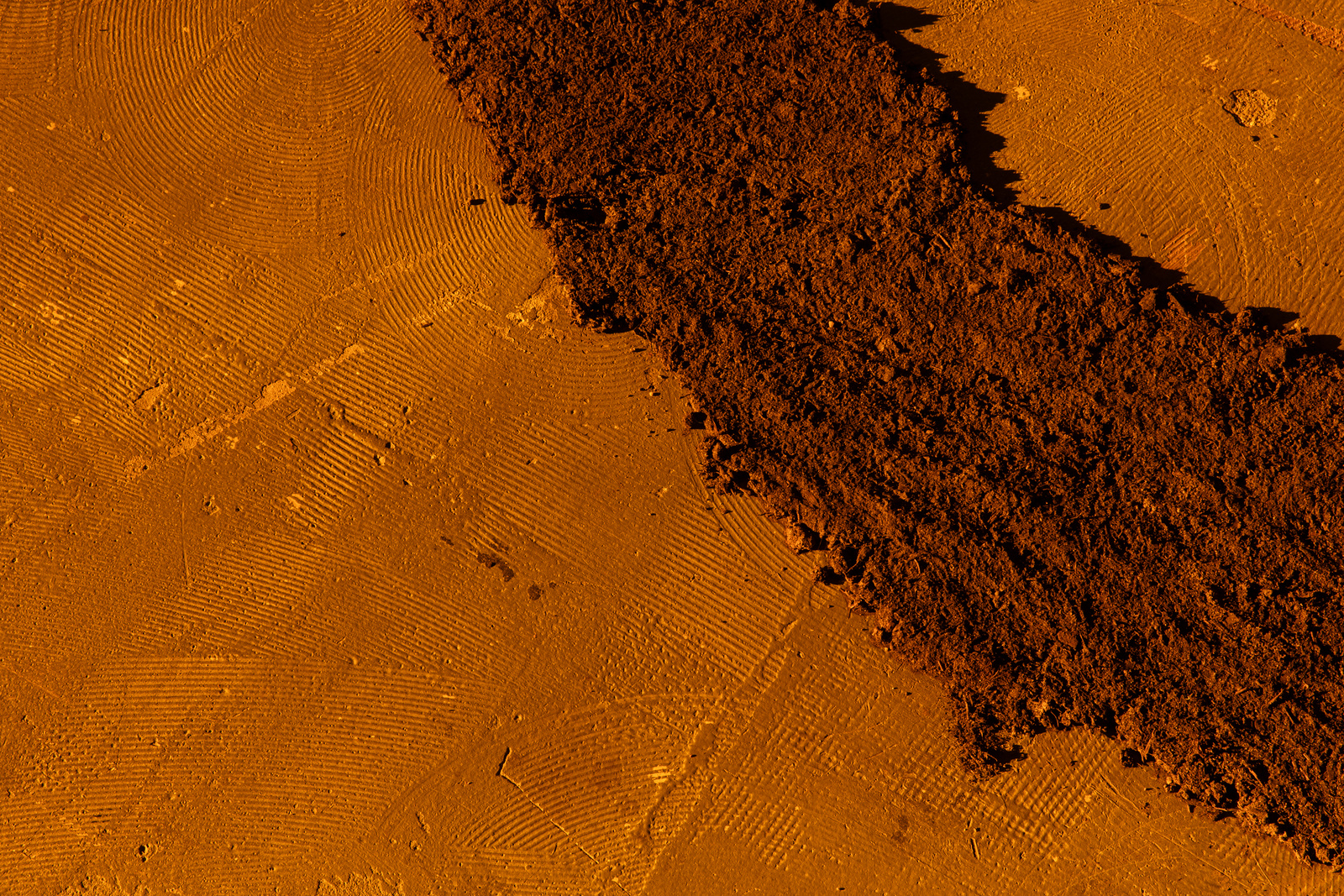

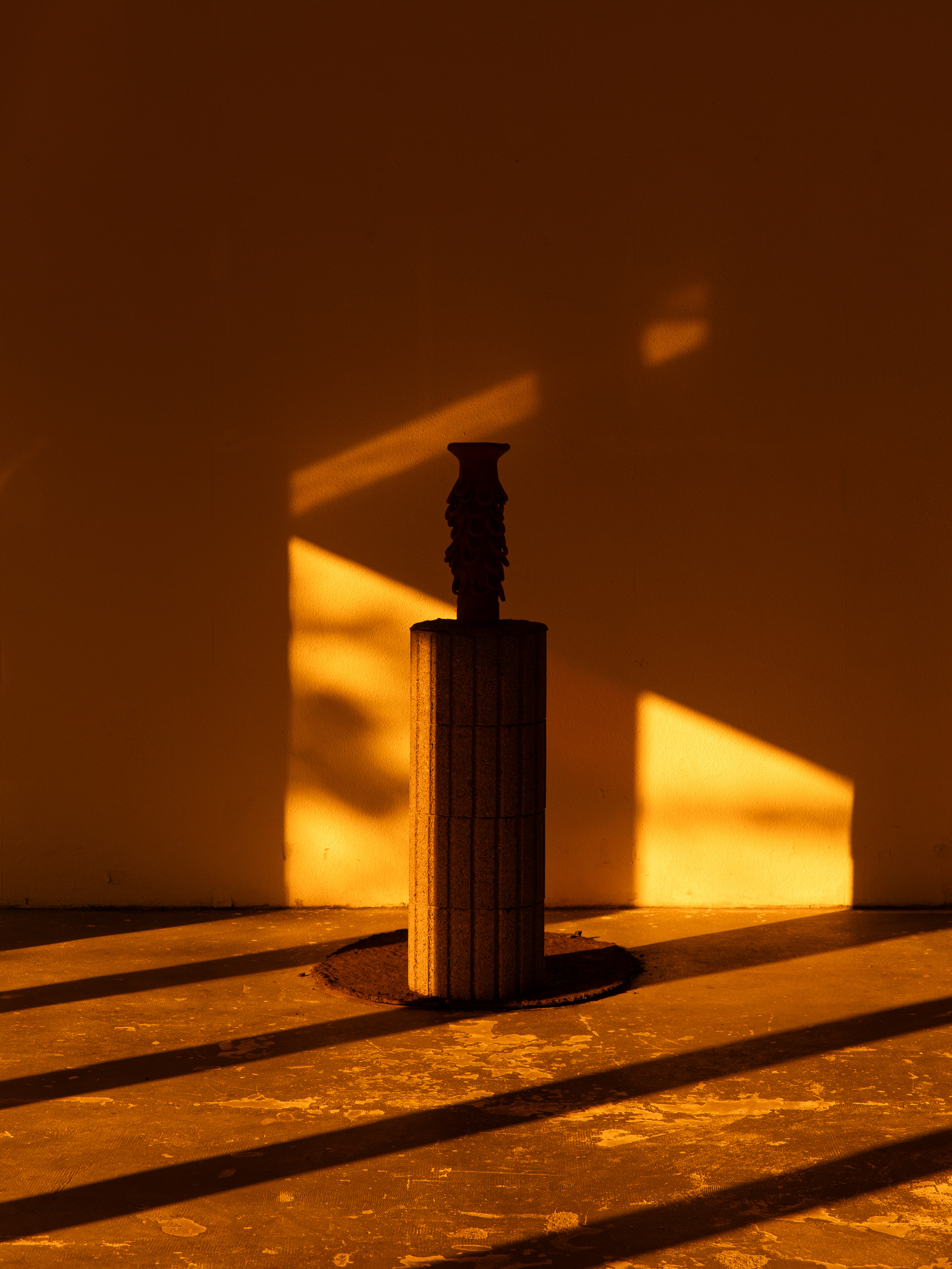
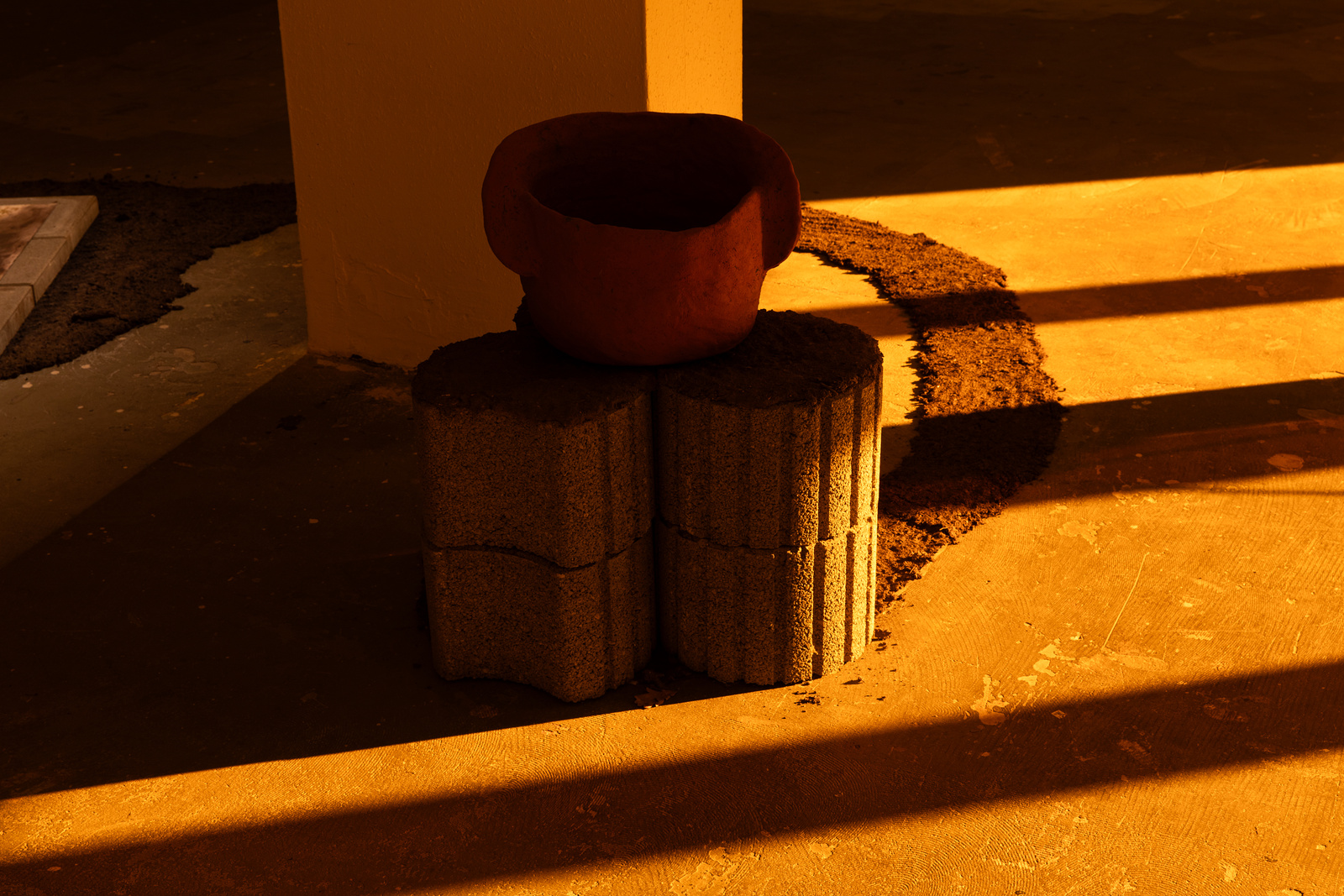
Jota Mombaça, A CERTAIN DEATH/A SWAMP, Installation views, CCA Berlin, 2023. Photos: Diana Pfammatter/CCA Berlin
Apocalyptic ruptures haunt. Traces of their occurrence linger in the exhausted soil of Jamaican sugar plantations; along the oceanic tracks of the Middle Passage onto the inland waterways of Northern America; on the Senegalese shores of the Island of Gorée and much further up, among the abandoned machinery of a zinc mine southeast of Algiers: atop the roof tiles of a razed off ancestral Palestinian home in Jaffa; as radioactive particles hovering over Hiroshima, towards the Maralinga Test Site in the remote western areas of South Australia. Wherever colonial modernity and its capitalist modes of production and appropriation disembarked—which is to say, everywhere—ruptures soon unfolded at scales both imperceptible and striking, settling into a permanent crisis of planetary life itself. W.E.B. Du Bois published most of his short fictional works in the wake of the American Reconstruction era and its failure to root out white dominion, what Saidiya Hartman terms the “nonevent of emancipation”[1]. Through his speculative writings, Du Bois charged this nonevent with apocalyptic visions and Biblical imagery—a means for him to record a time and place that renounced bondage but persisted in shaping itself through Black unfreedom, in turn allowing to “shift the idea of apocalypse away from world-ending devastation and toward the conditions of everyday life.”[2]
Jota Mombaça is also haunted by the apocalypse. One would however be hard pressed to know which direction she is looking at, or being summoned to. The haunting is multidirectional, crossing over trodden and unknowable paths. The Natal-born artist, performer, and writer contends with the wreckage—its existence and eventuality—in ways analogous to Du Bois: neither in fear nor exhilaration, but rather in acknowledgement that the present already saturates with conditions wrought forth by apocalypses past and future that require her, and our, attention. It is through and against these present conditions, which produce what Mombaça calls ‘states of enforced waithood’[3], that her work is called on to provide a reflective space for mourning. To mourn, here, is to simultaneously tend to what has been lost and what could still be recovered. For the artist, this necessitates stretching the time of the Transatlantic slave trade into geologic time[4]—the environmental transformations we register today have already been humming incessantly since the (ongoing) extermination of indigenous lifeworlds. This process of stretching requires a kind of time travel, a defying of the laws of physics. It can only manifest through performative gestures, critical fabulations, material experimentations, all characteristic of Mombaça’s aesthetic and discursive practice.
A CERTAIN DEATH/THE SWAMP, the artist’s exhibition at CCA Berlin – Center for Contemporary Arts, was conceived, at first, through extensive conversations around the curious topography of Berlin, said to be entirely built atop drained wetlands. From swamp to city, a teleology of progress, a survival scheme, emerges. Looking at the devastating flash floods of 2021 that affected parts of Belgium, Germany and surrounding countries, Mombaça then conjures up a reversal—what of cities that again turn into swamps, a form of dissolution fascists went in terror of (‘Drenare la palude!’, once howled a determined Benito Mussolini) throughout the twentieth century? From Berlin’s locality, we shift our gaze towards a planetary predicament: that of atmospheric phenomena continuously threatening terminal collapse across disparate geographies. until the last morning (2023), a newly commissioned video work, was shot among the mangroves and marshlands of Pará, in the Brazilian Amazon. Covering about 700,000 hectares, these mangroves and marshlands depend on a constant influx of fresh water from rainfall and from the Guajará Bay rivers and streams. To that end, the camera pans to the sky, observing cloud formations, their movements and maneuvers. The ecosystem’s survival depends on this unpredictable choreography—to observe the weather is thus to forecast whether or not a line of continuity can be drawn into the future.
Christina Sharpe associates slavery, and the monstrous anti-Black regimes that spawned it, to the weather: “Slavery was not singular; it was, rather, a singularity—a weather event or phenomenon [...] The weather necessitates changeability and improvisation; it is the atmospheric condition of time and place; it produces new ecologies.”[5] Keeping with the weather, Mombaça crafted ceramic vessels, or rather rain catchers, that were submerged for a month in the bottom of the Waldsee lake before being retrieved again. The vessels, in their amorphous shapliness, now carry bearings of the water and its properties. With this act of submersion, which the artist describes as an ‘elemental possession’, the water is invited to take hold. The muddy soil, too, seems to overswarm all corners of the exhibition space, threatening to engulf it whole. Clay prints hang above the ground in a haphazard manner—inscribed onto them are illegible markings. The only bit of text one could parse out reads: “Yes, I’m afraid.” anticipation (at dawn) (2023), a painting made of charcoal and pigment, stages a Weltlandschaft lost in translation.
Moving from Berlin to the Brazilian Amazon and then back again, as bodies of water would flow within the bed and banks of a channel, Mombaça is attempting to capture a total climate. One could say she is also learning to become a passerby, navigating worlds in their difference but within the singularity of our collective fate. Achille Mbembe reminds us that “passing from one place to another also means weaving with each one of them a twofold relation of solidarity and detachment.”[6] Carving out an ‘ethics of the passerby’ in dialogue with Frantz Fanon and Édouard Glissant, he professes that, to speak of one place in another is to belong to all places together, to inhabit one world in relation[7] wherein any and all occurrences also find their echo elsewhere.
[1] Saidiya Hartman, Scenes of Subjection: Terror, Slavery, and Self-Making in Nineteenth-Century America (Oxford University Press, 1997)
[2] Autumn Womack, “W.E.B. Du Bois’ Apocalyptic Ambivalence” in American Literature and Culture (2020)
[3] In reference to Ola Hassanain and Egbert Alejandro Martina, Architectures of the (Un)inhabitable (Disembodied Territories, 2021)
[4] See: Kathryn Yusoff, A Billion Black Anthropocenes or None (University of Minnesota Press, 2018); Denise Ferreira da Silva, Unpayable Debt (Sternberg Press, 2022); Jota Mombaça, “Cognitive Plantation” in Afterall Journal (2020); and Sylvia Wynter, “Novel and History, Plot and Plantation” (1971).
[5] Christina Sharpe, In the Wake: On Blackness and Being (Duke University Press, 2016)
[6] Achille Mbembe, Necropolitics (Duke University Press, 2019)
[7] Édouard Glissant, Philosophie de la Relation (Gallimard, 2009)
Jota Mombaça is an interdisciplinary artist whose work unfolds from poetry, critical theory, queer studies, political intersectionality, anticolonial justice, and the redistribution of violence. Mombaça defines herself as a trans racialized bicha, born and raised in Natal, in the northeast of Brazil. In recent years, Mombaça has been investigating the relationship between monstrosity and humanity and the tensions between ethics, aesthetics, art, and politics in the knowledge productions of the global south. Through performance, critical fabulations, and situational strategies of knowledge production, the artist intends to rehearse the end of the world as we know it and speculate on what comes after we dislodge the Modern-Colonial subject off its podium. Her work has been presented in several institutional frameworks, such as the 59th Biennale de Venezia (2022), the 32nd and 34th São Paulo Biennales (2016 and 2020/2021), the 22nd Sydney Biennale (2020), the 10th Berlin Biennale (2018), and the 46th Salon Nacional de Artistas in Colombia (2019), and as part of exhibitions and programs organized by Serpentine Galleries, London; Haus der Kulturen der Welt (HKW), Berlin; Madre Napoli; de Appel, Amsterdam; and the Museu d’Art Contemporani de Barcelona (MACBA). She is currently working at Free University Berlin with a scholarship from Stiftung Mercator.
Project in partnership with the Calouste Gulbenkian Foundation - Delegation in France as part of the PARTENARIATS GULBENKIAN programme to support Portuguese art in European artistic institutions.
Curator/Text: Edwin Nasr
Assistant Curator: Nan Xi
Production: Franz Hempel

As part of Berlin Art Week.